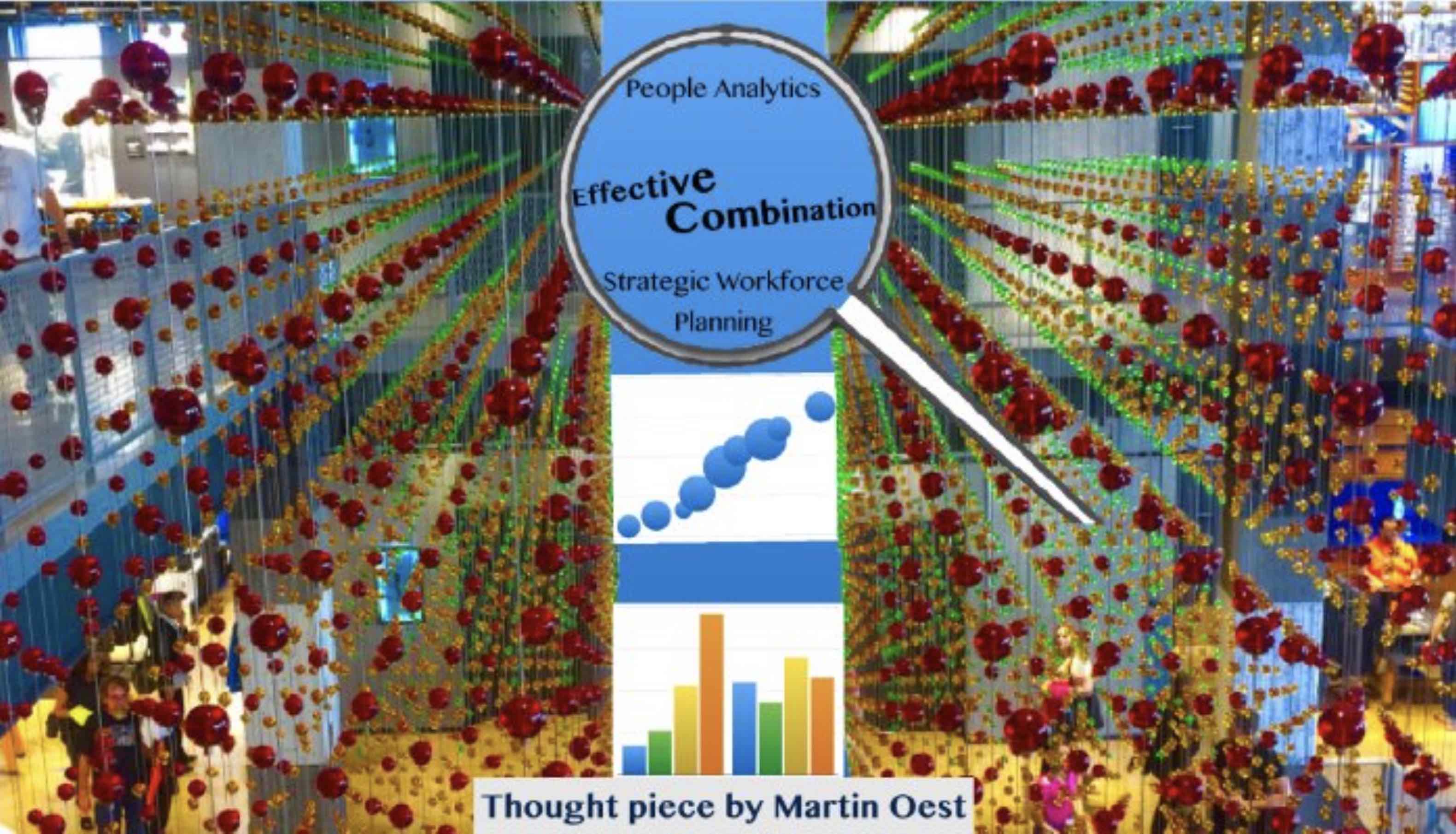
Why? Simply because it leads to evidence based, and therefore, better decisions.
How? Understanding what is really going on, rather than following urban or corporate myths, requires data. And a good level of analysis of the data at that. This can be anything from the very simple to a more in-depth statistical modelling. The output will (when it works well) then be a decision brief from which the organisation can make well informed decisions and decisions, as we all know, drive a business forward.
So, can keeping SWP and People Analytics together really make you more profitable or more successful at what you do? Well whilst not a guarantee, it will certainly increase the probability of a positive outcome. But, isn’t bringing them together just complicating things? No, not if it is done well.
“…workforce plans hinge on effective forecasting, analysis and preparation…” Forbes 2015.
The above quote is from an article by Sylvia Vorhauser-Smith and resonates with my own experience of workforce planning (be it strategic or operational) -you need to make numbers your friend. Historically this has not been a key focus for people in HR, people have, but I don’t think you can focus on people in a fair and productive way without the numbers - and there is a lot of evidence on biased processes which supports this too.
Let me give you a couple of simple examples to illustrate what analytical, 'numbers friendly' work can deliver.
58% higher sales/employee with high level of HR analytics
Understanding the real reason why revenue and profitability is down in an organisation can sometimes be hard. It is easy to say that marketing misunderstood what the customers really needed and wanted, or that product development interpreted this incorrectly when they developed gadget X.
Let’s say the front line staff that sell and service the products have not changed in terms of top line numbers and I, as a strong/vocal sales manager, am pointing my finger at other departments to blame (I am surely not at fault as that would reduce my bonus!). ‘Obviously’ the decrease in revenue is not because we are poor at selling in our stores. I have the same total headcount as always, numbers of leavers and hires have remained essentially constant as have absence levels. There have been no changes in process either.
So what's really going on? Well what may be missed without a more analytical approach is that although attrition shows no overall change in numbers there is a significant change in the profile of the staff leaving! It could be high performing staff or staff in critical roles for example that when identified and understood clearly explains the underperformance of the sales targets and points the way for possible solutions to effectively rectify the issue.
Another relevant case (and one combining SWP and People Analytics) is from the Korn Ferry Institute in their “Why CHROs really are CEOs” from April 12, 2016 in which the company in question had a heavy concentration of long-term employees among its top 250 and saw innovation stalling. A long term plan was put in place to increase the number of staff in the top 250 with fewer than 5 years’ tenure and this actually resulted in more innovation, new thinking and ideas.
The benefits of this kind of detailed people analytics is further shown by a MIT / IBM study as reported by SAP on October 28, 2015 (how analytics are becoming important for HR). Companies with a high level of HR analytics had:
However despite this I, and so many others, have struggled to find the capability at the level we need to set-up a single analytical function in HR. Pooling resources in my mind is an excellent approach - at least in the medium term as capabilities are being built.
All this leads me to my own conclusion that HR is, for now, best to bring together SWP and People Analytics and that this will be the best scenario for most organisations.
This approach will consolidate scarce resources and enable a focused prioritisation of work to deliver those things which will have the biggest impact for the business.
Urgency is key. Delay and you could lose your best employees and sales and market share. What's more this could be happening right in front of you without you even knowing. Catching up is hard so my advice is - act now.